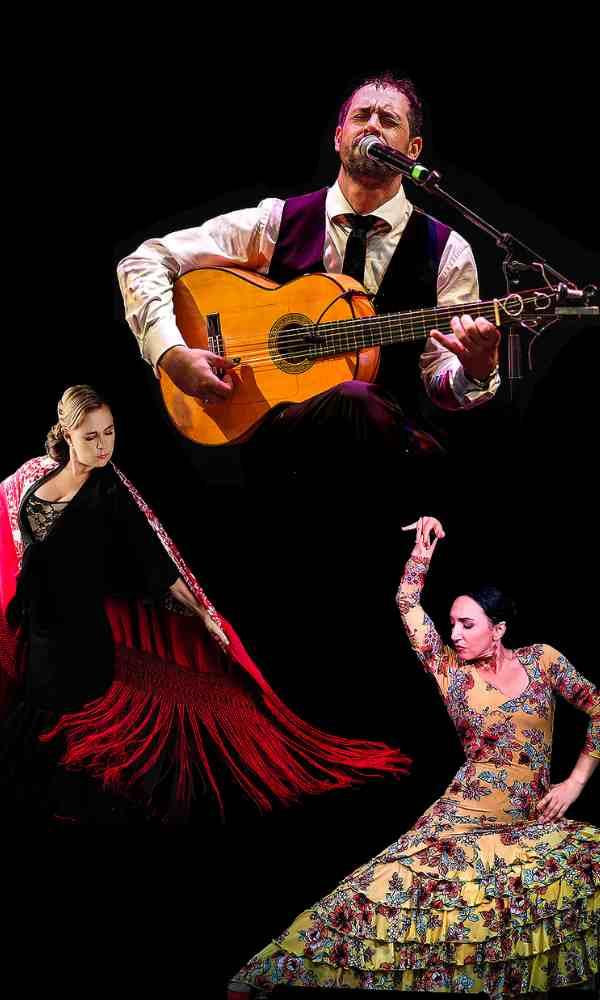UNESCO has declared the art form of flamenco as a 'culture of humanity', so where do its roots begin?
In 'Arte Flamenco', the award-winning AIRE Flamenco – who have performed across Perth with a goal to share the passion and beauty of the art form – will present a journey into its beginnings.
In this show at Fringe World, all primary expressions of flamenco (dance, guitar, voice, percussion) will be included as musicians accompany dancers to transect a diverse range of styles, and regions in Spain.
Here, the team at AIRE Flamenco have written a list of six things to know about flamenco.
One
AIRE. The 'Aire' in the troupe’s name AIRE Flamenco has several meanings. The literal meaning is ‘air’ or ‘wind’ but may also refer to a likeness or resemblance. In flamenco, it references mood, attitude, feel or vibe of the music and dance.Two
Culture. Flamenco is not just an art form, it is a whole culture and a way of living. UNESCO has recognised flamenco as part of the world's intangible cultural heritage.Three
Influences. Flamenco can be traced back to the cultural interactions between the Roma Gypsies, Moors, Jews, and Indigenous Andalusians in southern Spain and has Cuban, Latin America and Afro-Hispanic influences. The arrival of the nomadic gypsies in the 15th century marks the introduction of new rhythms and musical instruments. Its singing and music can be traced back to the Punjabi singing of India, Persian Zyriab, classical Andalusian orchestra from the Islamic Empire, Jewish Synagogue chants, Arabic Zayal, Andalusian folk, Mozarabic forms, western African influences from New World Caribbean, Central and South American colonies.
Four
Cajón. The cajón drum was introduced into flamenco in the 1970s by guitarist Paco de Lucia. While in Peru, he was given the cajón by percussionist Caitro Soto. The cajón (the Spanish word for box) has been part of Afro-Peruvian music since the 19th century. The cajón is a direct descendant of a number of box-like musical instruments from west and central Africa, especially Angola, and the Antilles. These instruments were adapted by Peruvian slaves for the Spanish shipping crates at their disposal. Slaves used boxes as musical instruments to combat contemporary Spanish colonial bans on music in predominantly African areas. In this way, cajóns could easily be disguised as seats or stools, thus avoiding identification as musical instruments. In all likelihood, it is a combination of these factors – African origins and Spanish suppression of slave music – that led to the cajón’s creation.Five
Jaleo. A jaleo is a word or phrase shouted out during a flamenco performance to encourage the dancers and musicians. Examples you may hear during a performance, 'Ole! ' or 'Que bailas bien!'Six
Palmas. Clapping is a technique of body percussion used in flamenco to mark the rhythm and beat of the music. Clapping is an essential part of flamenco as it accompanies and reinforces the singing, dancing, and guitar playing.'Arte Flamenco' plays ACES Downstairs at The Maj at His Majesty's Theatre (Fringe World Perth) 31 January-3 February.






